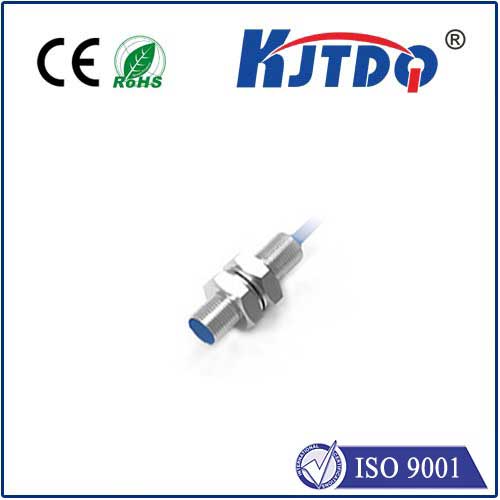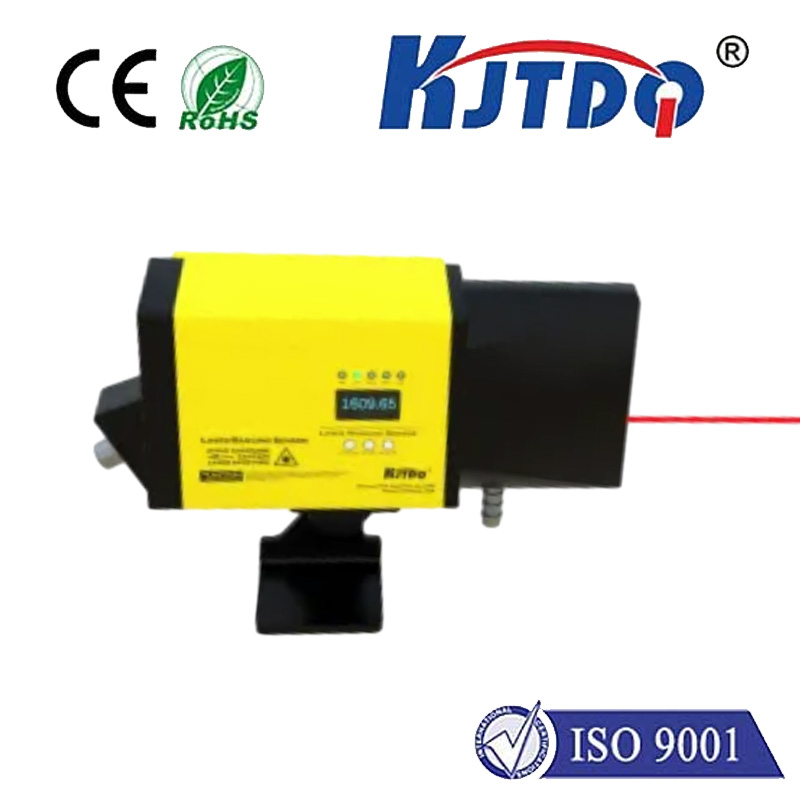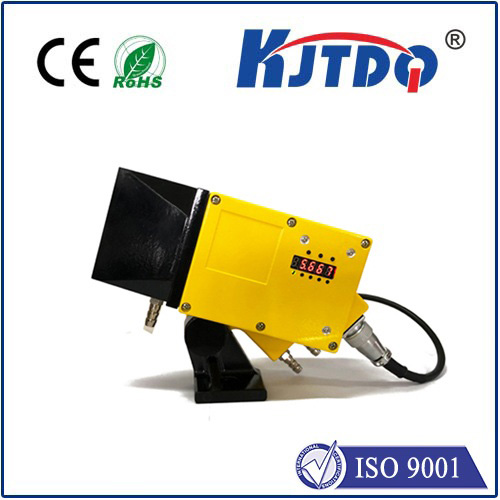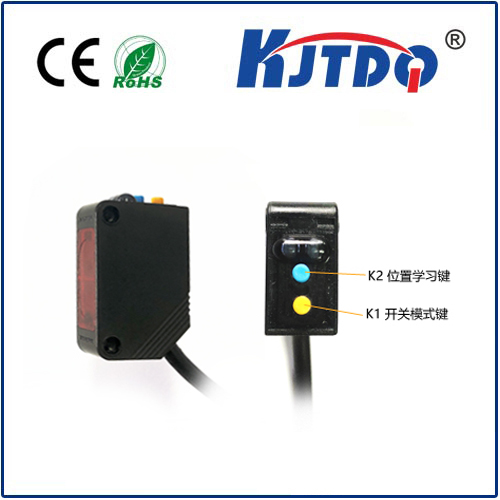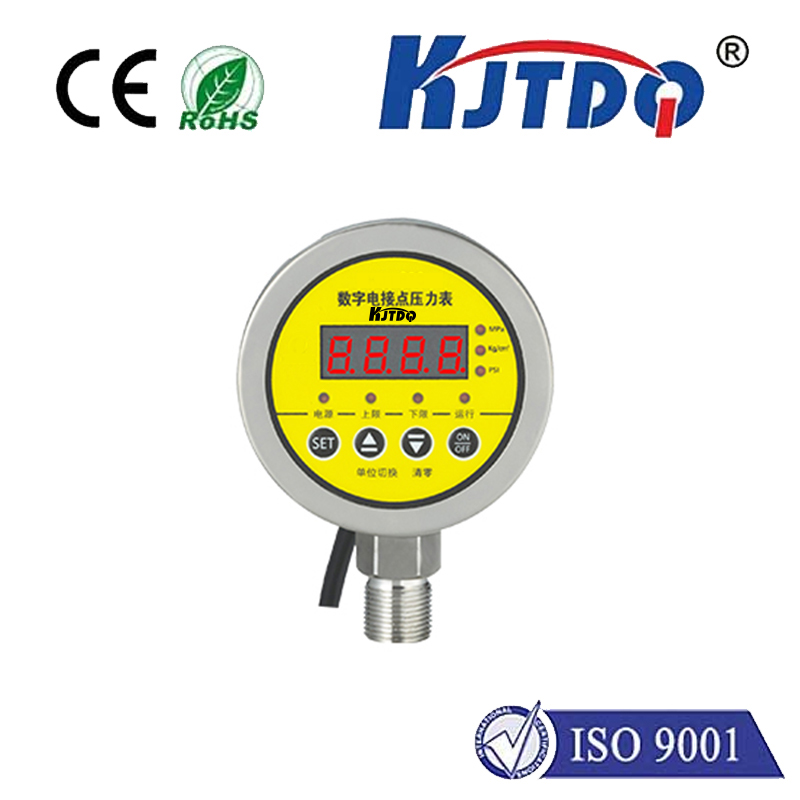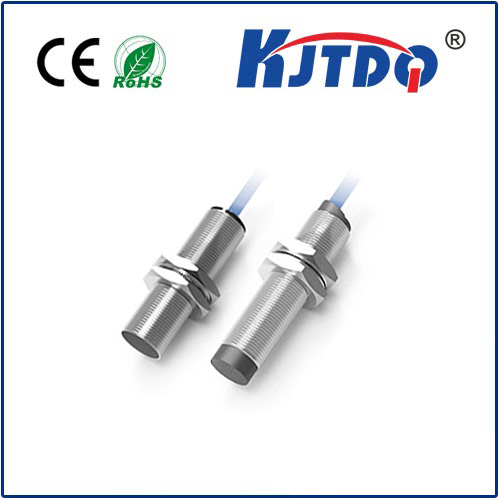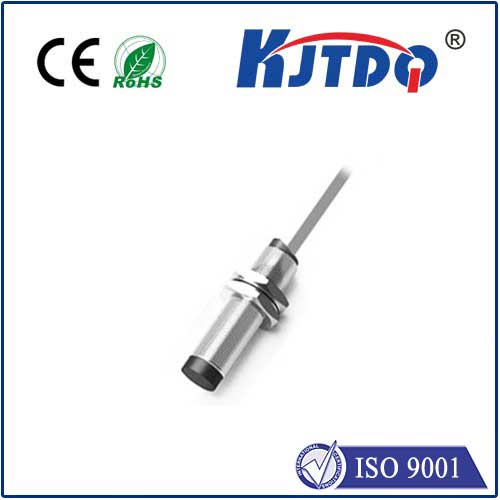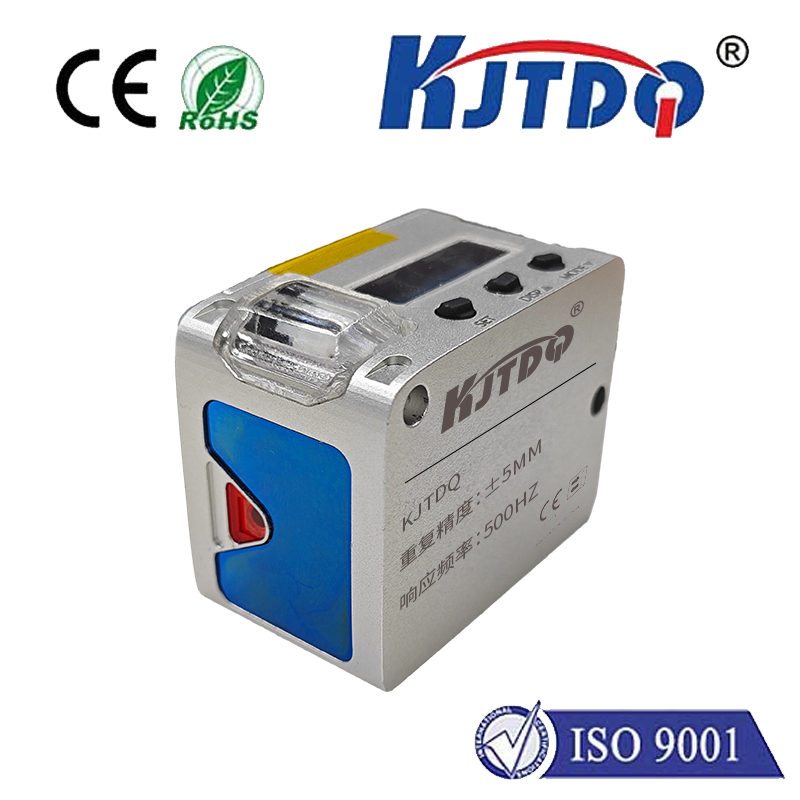

check

check

check

check

check

check

check

check

check

check
Title: Exploring the Versatility of Underwater Limit Switches
Underwater limit switches are an essential component in numerous marine applications, offering a versatile and reliable method for control and protection. These devices serve as critical sensors that detect the presence or level of liquids, ensuring systems operate within safe and efficient parameters. In this article, we delve into the functionality, importance, and varied uses of underwater limit switches.
The Basics of Underwater Limit Switches
An underwater limit switch operates on simple principles; it utilizes a set of electrical contacts housed within a waterproof casing that can be immersed in water. When the water level rises to a certain point, it triggers the switch, which then sends an electrical signal to a control system. This signal can activate or deactivate pumps, alarms, or other machinery—depending on the design and application.
Why Underwater Limit Switches Are Important

The significance of underwater limit switches is manifold. They provide real-time monitoring of water levels, preventing overfills or dry runs in tanks and wells. By acting as automatic shut-off mechanisms, they prevent damage to pumps and other equipment caused by low water levels or excessive pressure. Additionally, they play a vital role in environmental protection by helping to avoid spills and contamination incidents.
Applications of Underwater Limit Switches
The adaptability of underwater limit switches makes them suitable for various industries and environments. Here are some examples:
1. Water Treatment Facilities: In wastewater treatment plants, these switches monitor tank levels, ensuring that treatment processes occur at the correct stages without overflowing or running dry.
2. Agriculture: In irrigation systems, underwater limit switches help maintain water levels in reservoirs, protecting crops from both drought and flood conditions.
3. Marine Research: Oceanographers and marine researchers use these switches to gather data on tides and currents, aiding in the understanding of oceanic behavior.
4. Oil and Gas Extraction: In offshore oil rigs, limit switches are crucial for managing ballast tanks, thus keeping the platform stable and preventing environmental disasters.
Installation and Maintenance Considerations
While underwater limit switches are designed to be robust and minimal maintenance, proper installation and routine checks are paramount. Installers must adhere to manufacturer specifications and ensure the switch is appropriately rated for the depth, pressure, and chemical resistance required for its environment. Regular testing and cleaning should also be part of the maintenance routine to prevent false readings due to biofouling or debris accumulation.
Conclusion
In conclusion, underwater limit switches are more than just simple mechanisms reacting to changes in water levels. They serve as the backbone of many systems where water management is crucial, offering safety, efficiency, and environmental protection. Whether safeguarding against flooding or ensuring precise water level control in industrial processes, the reliability of these switches is unparalleled. As technology continues to advance, the potential applications for underwater limit switches are likely to expand, cementing their place as a fundamental tool in the modern world's water-centric operations.
